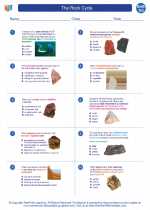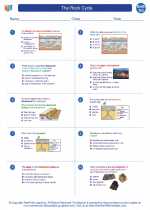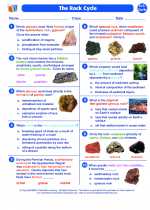Corona
The term "corona" has different meanings in various scientific contexts, including the Earth Science field. In the context of Earth Science, "corona" typically refers to two specific phenomena: the solar corona and the volcanic corona.
Solar Corona
The solar corona is the outermost region of the Sun's atmosphere, extending millions of kilometers into space. It is visible during a total solar eclipse as a pearly white halo surrounding the dark disk of the moon. The corona is significantly hotter than the Sun's surface and is the source of the solar wind, a stream of charged particles that flows outward from the Sun and through the solar system.
Volcanic Corona
In the context of geological features, a volcanic corona is a circular or oval-shaped feature found on the surface of some planets and moons, including Venus and Mars. These features are believed to be the result of volcanic activity and are characterized by a circular depression surrounded by a raised rim. The exact process of their formation is still the subject of scientific research and debate.
Study Guide
To study the topic of "corona" in Earth Science, it is important to focus on the following key points:
- Understanding the structure and properties of the solar corona, including its temperature, composition, and role in the solar system.
- Exploring the formation and characteristics of volcanic coronas on planetary bodies, such as Venus and Mars.
- Investigating the latest scientific research and theories related to both solar and volcanic coronas.
- Comparing and contrasting the similarities and differences between solar and volcanic coronas.
- Examining the impact of solar coronal mass ejections (CMEs) on Earth and space weather.
◂Earth Science Worksheets and Study Guides High School. The Rock Cycle

 Worksheet/Answer key
Worksheet/Answer key
 Worksheet/Answer key
Worksheet/Answer key
 Worksheet/Answer key
Worksheet/Answer key
 Vocabulary/Answer key
Vocabulary/Answer key
 Vocabulary/Answer key
Vocabulary/Answer key
 Vocabulary/Answer key
Vocabulary/Answer key
